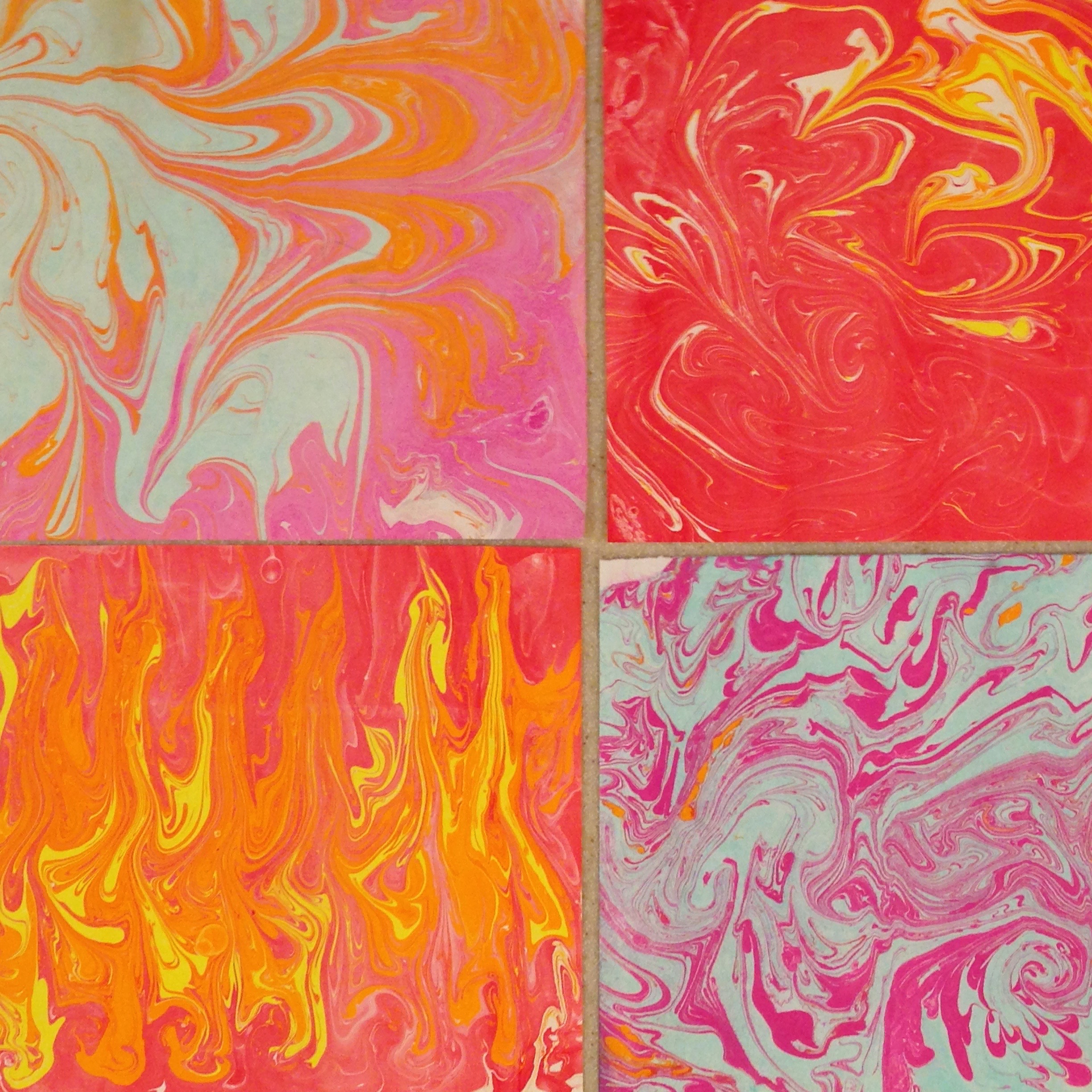Best Water Thickener For Marbling Paper

Make more marble paper in the same paint pan.
Best water thickener for marbling paper. In this tutorial i will show you one of the most important steps when it comes to marbling. You can easily make your own rake for making patterns in your paint by sandwiching toothpicks taped at 1 4 to 1 inch intervals between layers of corrugated cardboard prepare the surface of your paper. To thicken the water you will need methyl cellulose which is a powdery substance that mixes with water to create a consistency much like a thin gelatin. You should also opt for an uncoated paper coated papers won t absorb any pigment.
It is an 80lb text ph neutral 25 cotton paper of high quality free of any buffering agents. The best paper for marbleizing is thick enough to be absorbent while standing up to the water bath but not so thick that it s inflexible. Originally purposed as an interleaving and envelope paper for archival purposes we have since discovered its relevance ideal characteristics suited for the marbling industry. Carefully peel the paper off of the paint and gently place it face up in the water pan.
Next you should add your methyl cellulose a common thickening agent to the water. The pebeo marbling inks give a really nice marbled surface so the paper is ready to use for art projects as soon as it is dry and it is also extremely easy to use i worked with 100gsm printer paper this was thin enough to ensure it rested on the surface of the marbling bath but strong enough to be lifted and rinsed before drying. I prepared my water in a stock pot which has measurements marked out along the inside. Mix 1 4 cup of methyl cellulose with 2 quarts of water for the best marbling consistency.
To start fill your pot with water. If it s too thick the paper will push away the pigment when you gently lay your sheet onto the pigmented water. That is how to prepare the water and thinking it for turkish sty. Water from the faucet will work best as water that has been chilled or warmed will affect how it interacts with the color as well as how the design adheres to the paper.
Let it sit for a minute or two. Set the paper on a piece of newspaper to dry. Dissolve 2 tablespoons of the alum in 2 cups of warm water.














































